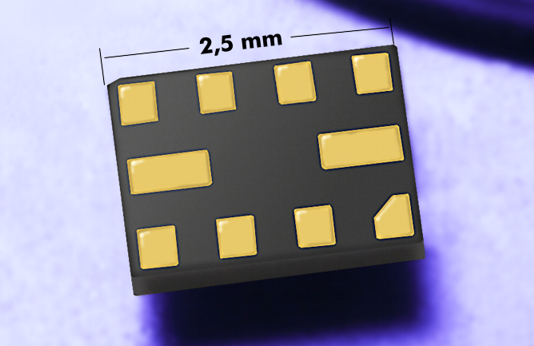RF filter
RF filters are frequency-selective circuits that pass certain frequencies while blocking others. The frequencies that are passed through are referred to as the passband, while the frequencies that are blocked are referred to as the blocking range. Important characteristics of RF filters are the frequency, the bandwidth, which depends on the attenuation or the Q, the slope, as well as the insertion loss and the passband attenuation.
RF filters can be constructed from discrete components, from capacitors, inductors and resistors. Since there is an unchanged trend toward miniaturization in mobile devices, filter manufacturers must offer miniaturized RF filters, preferably of chip design. These can only be realized up to a certain size with discrete components, and therefore work with other techniques. For example, with ferroelectric material such as the ceramic filter, on a quartz basis such as the crystal filter, in microsystem technology such as the MEMS filter, on a silicon basis such as the Bulk Acoustic Wave( BAW) and the Film Bulk Acoustic Resonator( FBAR), or on an electric-acoustic-electric basis such as the surface acoustic wave filter.
In terms of miniaturization, the tiniest RF filters are as surface acoustic wave filters in micro-chip design. One example is the CSSP packages developed by Epcos, which have a footprint of only 1.1 x 0.9 mm, and the even smaller DSSP packages, whose footprint is as small as half a square millimeter.

